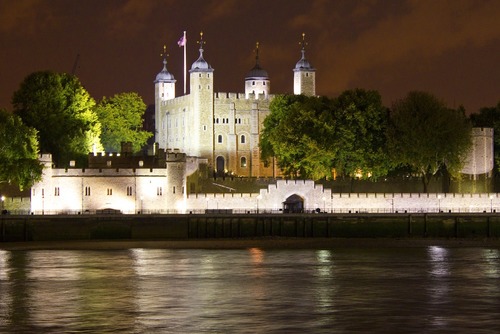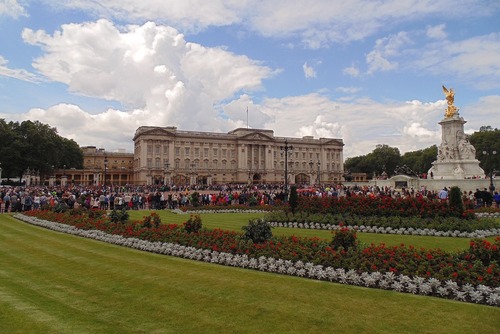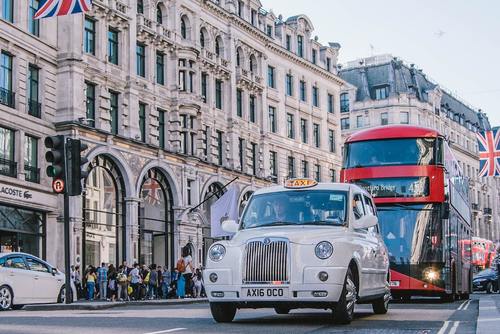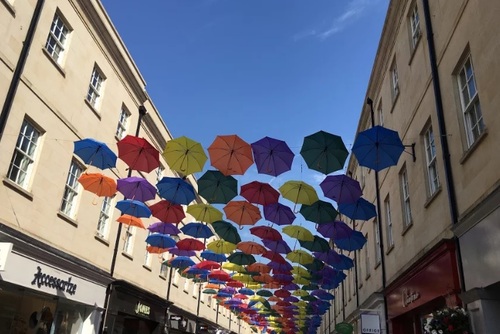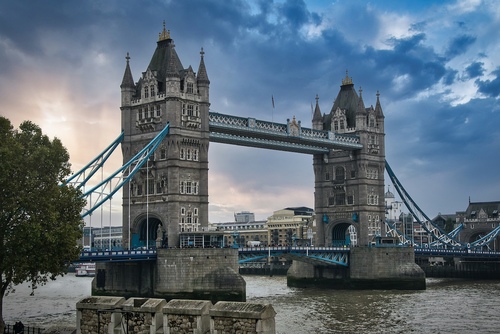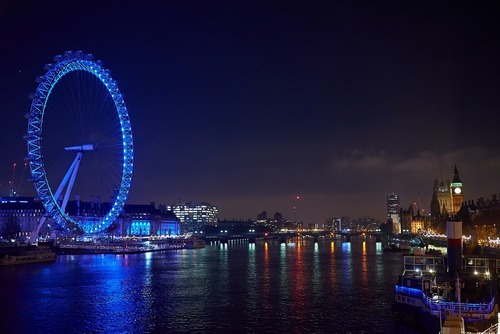Travel to London
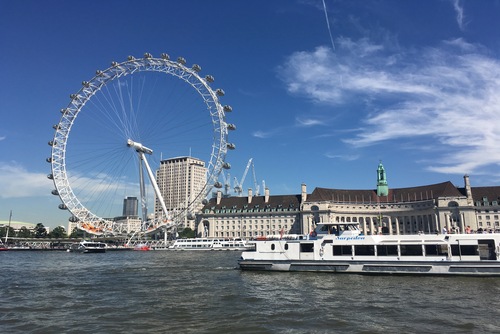
London is well known for having exceptional hotels, night clubs, and four star restaurants. Picadilly Circus is the Times Square of London with the lights and the crowds, a must if you enjoy the nightlife-they have an ice bar. If you aren’t into bar hopping and the typical tourist experience, opt for the Jack the Ripper walking tour which starts at sundown and meanders the neighborhoods where The Ripper struck.
A stop at the iconic Harrod’s Department Store is recommended or if you are in the UK for New Year, Trafalgar Square is a good fireworks viewpoint if you don’t mind the crowds, but you may want to arrive/leave early so as not to be sardines on the Underground. Platform 9 ¾ really does exist at Kings Cross station for the Harry Potter aficionado.
If you decide to ride the London Eye or see the crown jewels arrive early. As far as museums go, see the Tate Modern and while you’re there walk across the Millennium Bridge. Please note London is one of the most expensive cities in the world so we highly recommend budgeting accordingly or working to fund your stay.
History of London
Situated on the River Thames, London is located in south-east England. The city used to be walled during the original Roman occupation, encompassing a square mile of land. The city has expanded over the centuries and the name now includes all of the surrounding towns, villages and even one county, Middlesex. London now stretches down to the lower Thames valley.
Even though it is a city with densely populated areas that are typical of a city in modern times, it still retains large swathes of green parkland and open spaces. The history of London stretches further back than the Roman occupation of England. There has been a settlement in the area since the Bronze Age, with evidence uncovered of a Bronze Age settlement as well as a Celtic one. Named Londinium by the Romans, the location for the city as we know today was established by the Romans when they conquered Britain in the year 43AD.
Visitors to London can still see some Roman remains scattered throughout the city. When the Romans left Britain, London once again grew in size and stature under the Anglo Saxons and the Normans, establishing itself as a major trading city of the day. William the Conqueror moved the royal capital of the country from Winchester to London in 1066 when he was crowned King of England, and he added the famous Tower of London to the landscape during his reign.
Understanding some of the history of London helps visitors appreciate some of the sights you can look forward to seeing when visiting London. The city has continued to grow into the cultural metropolis it is today ever since the conquest of William the Conqueror, even surviving the Blitz during World War II and the Great Fire of London in 1666. It is a city that is vibrant and full of life, yet teeming with a history that is certainly palpable everywhere you go.
Travel can bring you closer to understanding the history of London first hand and allow you to visit sights that have been associated with the royal family for as long as the city has been in existence. From Buckingham Palace to Kew Palace, the Royal Albert Hall to Kensington Palace, you will be able to see where the royalty has lived, laughed, loved and died throughout their long tenure as the heads of state in Britain.
When you get tired of touring all of the royal establishments, you can continue your holiday in London by visiting a variety of museums, monuments and other historical sites that the city is famous for. There are also numerous pubs, clubs, galleries, parks and theatres to enjoy. It is a city that truly offers something for everyone, no matter their age or inclination.
It is interesting to note that London is actually two cities rolled into one. There is the commercial capital of England, known as the City of London, which offers tourists amazing sightseeing venues such as St Paul’s Cathedral and London Bridge. The seat of government in London is found a few minutes up the River Thames at Westminster.
This is actually one of the 32 districts that are found in the city. Westminster accommodates Westminster Abbey, the Houses of Parliament, Whitehall and Buckingham Palace. If you hear a Londoner reference The Strand, they are talking about the riverbank road that has historically linked the City of London and Westminster.
First-time visitors to London may get a bit confused when they hear locals refer to the East End and the West End. London grew in both directions with the land to the west of the City of London (the areas of Soho and Covent Garden) being used for building, and the lands to the east built upon with docks, industry and cheap housing.
Because of the flow of the river from west to east, the West End is the area of London that is up-market and fancy. The East End is where people went to earn a living. If you are looking for the West End, you will find it west of Covent Garden, extending as far as Bond Street but predominantly centering on Leicester Square.
10 Best London Attractions
- Thames River Cruise in London
- The Tower of London
- Westminster Abbey
- The London Bridge Experience
- Windsor Castle
- St Paul's Cathedral
- Shakespeare's Globe Theatre
- The London Tower Bridge
- Hampton Court Palace
- Churchill War Rooms
Getting Away
You can sometimes get bus fares as low as £1 for journeys inbetween places like London and Manchester if you book in advance.
You could also rent a car which is a great option, fuel is cheap compared to Europe and this provides a flexible way for you to travel around and see as much as possible within your time frame.
If you would like to fly there are cheap airline companies and you will get the best deals booking in advance or last minute.


